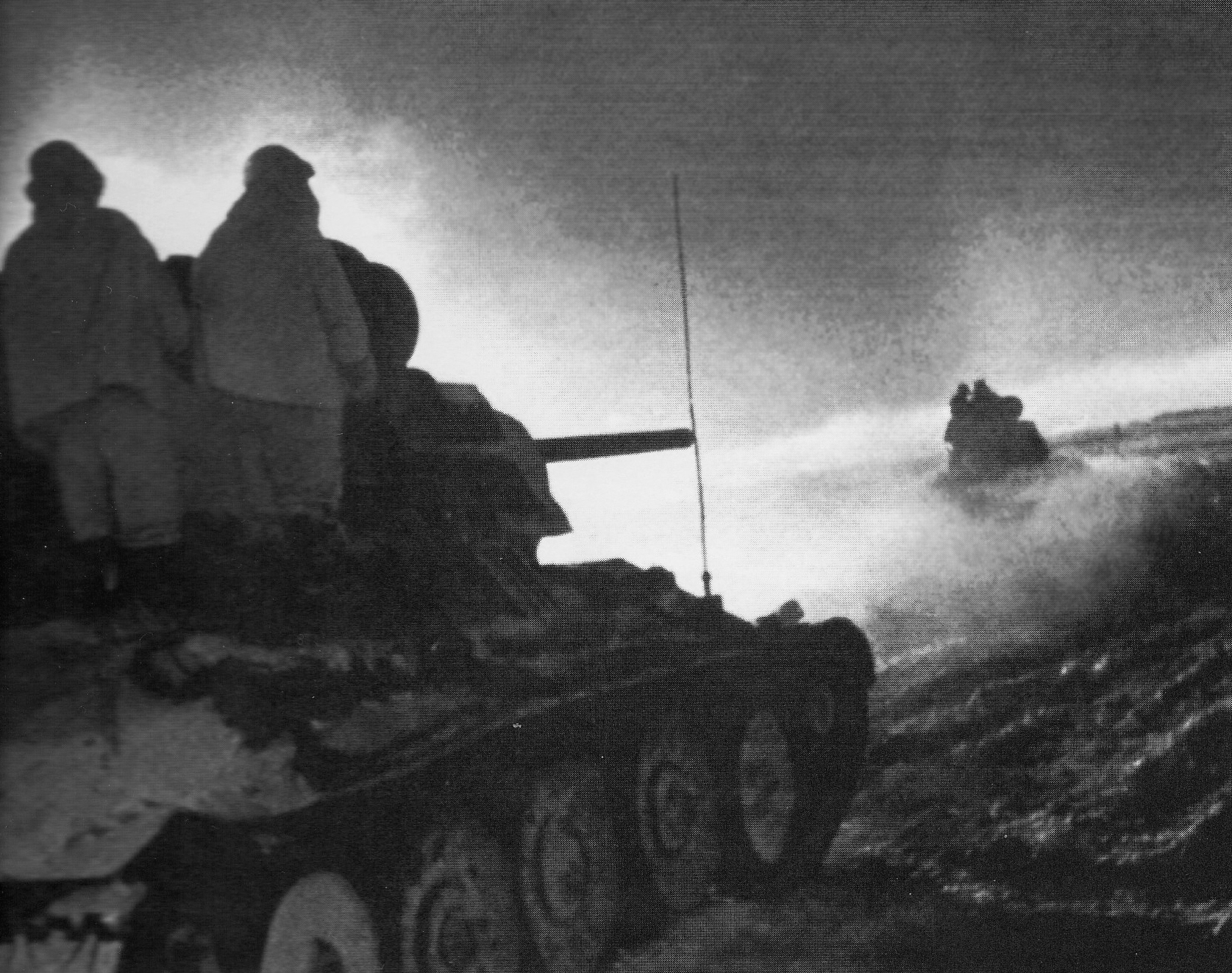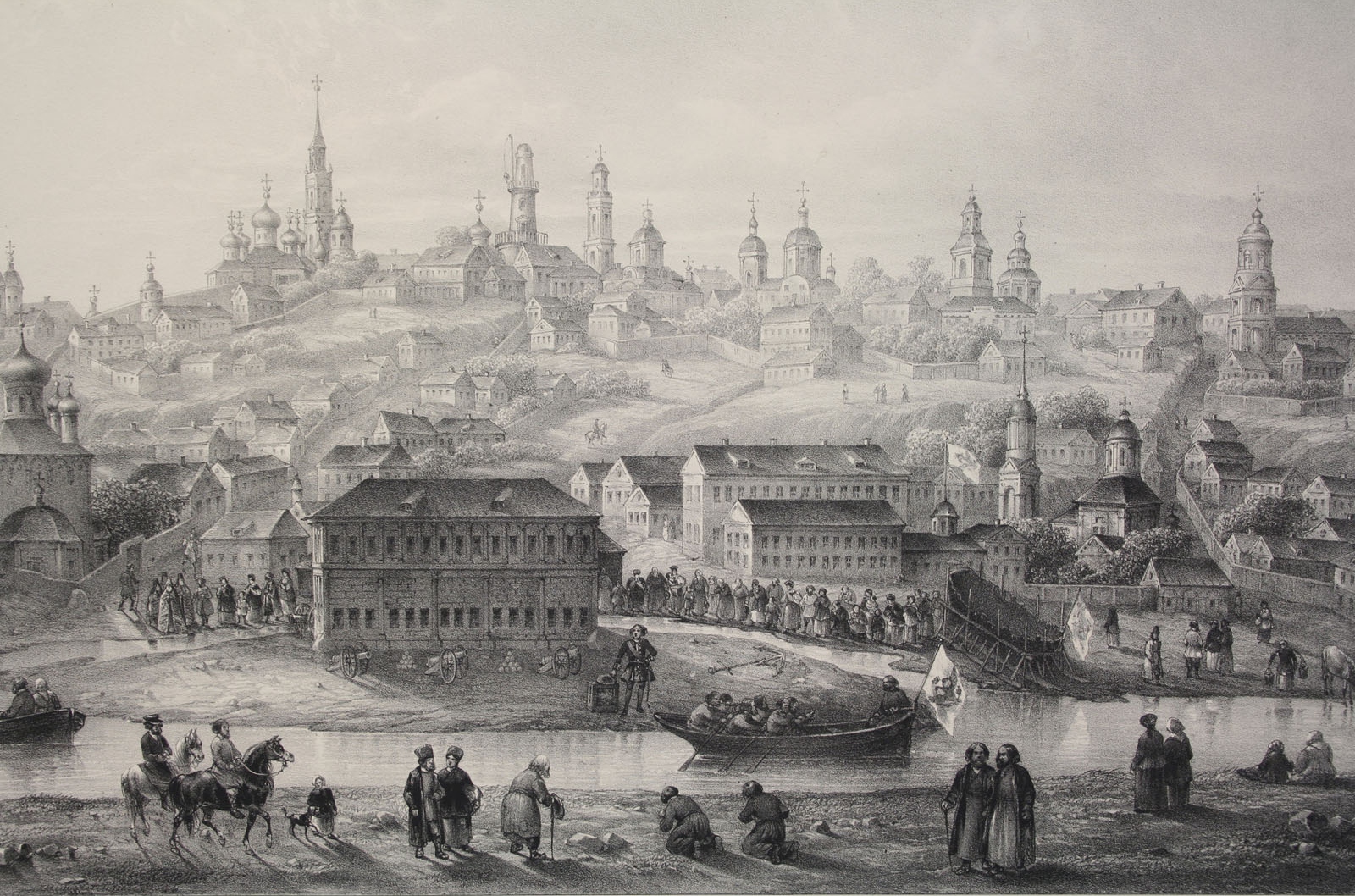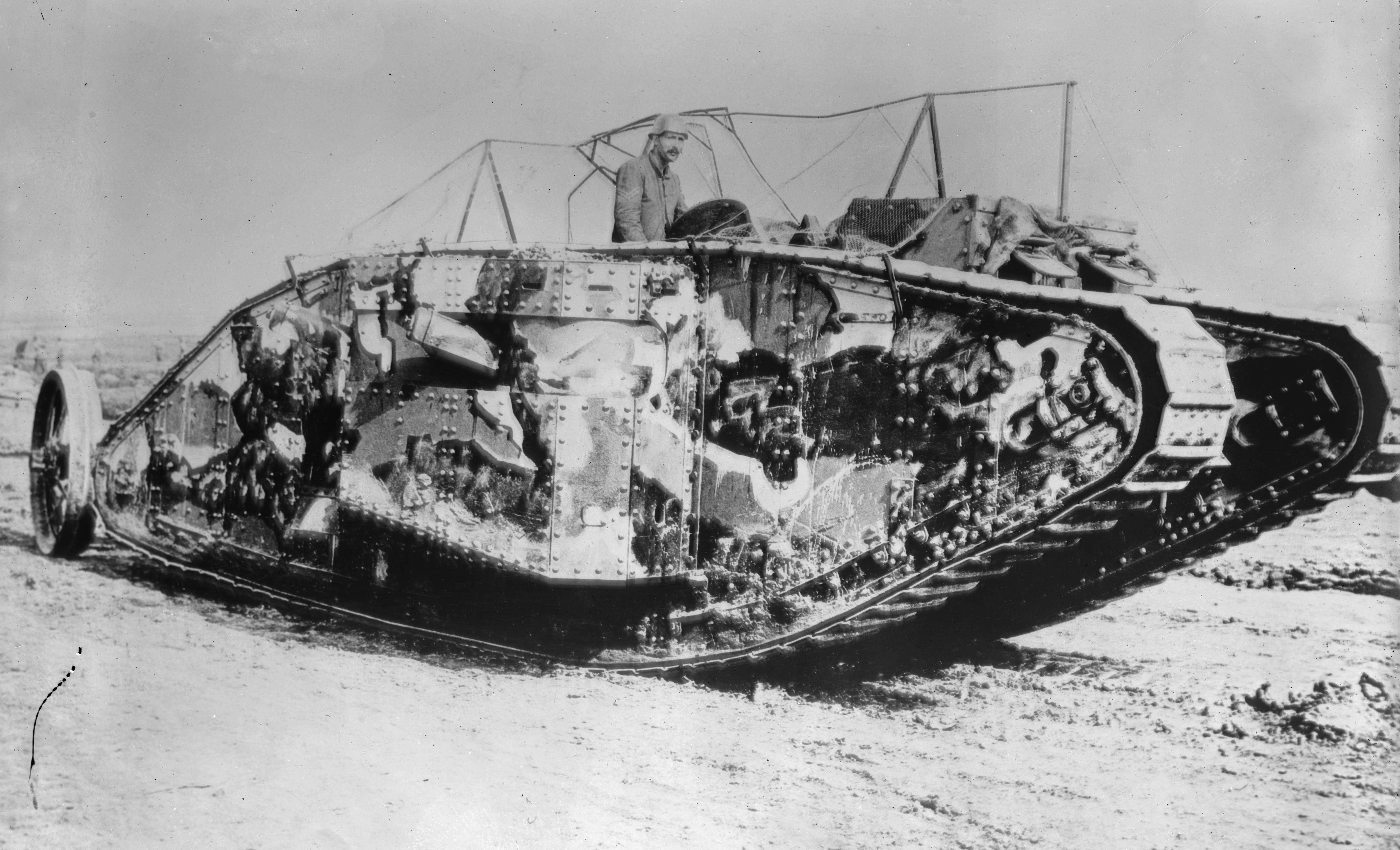|
1st Ukrainian Front
The 1st Ukrainian Front (), previously the Voronezh Front (), was a major formation of the Red Army during World War II, being equivalent to a Western army group. They took part in the capture of Berlin, the capital of Nazi Germany. Wartime The Voronezh Front was established at the end of June 1942 when tanks of the 6th Army of the German ''Wehrmacht'' reached Voronezh during the early stages of Operation Blau. It was split off the earlier Bryansk Front in order to better defend the Voronezh region. The name indicated the primary geographical region in which the front first fought, based on the town of Voronezh on the Don River. The Voronezh Front participated in the Battle of Voronezh, the defensive operations on the approaches to Stalingrad, and in the December 1942 Operation Saturn, the follow-on to the encirclement of the German 6th Army at Stalingrad where it destroyed the Hungarian Second Army. Following Operation Saturn, the front was involved in Operation ... [...More Info...] [...Related Items...] OR: [Wikipedia] [Google] [Baidu] |
Alexander Pokryshkin
Alexander Ivanovich Pokryshkin (; – 13 November 1985) was a Soviet fighter pilot in World War II, and later a marshal of aviation. He was one of the highest-scoring Soviet aces, and the highest-scoring pilot ever to fly an American aircraft, having achieved the great majority of his kills in the Lend-Lease Bell P-39 Airacobra. During the war Pokryshkin earned the title Hero of the Soviet Union three times: 24 May 1943, 24 August 1943, and 19 August 1944. After the war, he served in the Soviet Air Defense Forces, reaching the rank of Marshal of Aviation; he retired in 1981. During the war, he strongly promoted training in and use of improved aerial combat techniques, such as vertical maneuvers that newer fighter aircraft were capable of carrying out, and he spent much of his time studying aerobatics for combat situations. Early years Pokryshkin was born in Novonikolayevsk (now Novosibirsk) in Tomsk Governorate, son of a Russian peasant-turned-factory worker. He grew up in ... [...More Info...] [...Related Items...] OR: [Wikipedia] [Google] [Baidu] |
Ivan Konev
Ivan Stepanovich Konev ( rus, Ива́н Степа́нович Ко́нев, p=ɪˈvan sʲtʲɪˈpanəvʲɪtɕ ˈkonʲɪf, links=no; 28 December 1897 – 21 May 1973) was a Soviet general and Marshal of the Soviet Union who led Red Army forces on the Eastern Front during World War II, responsible for taking much of Axis-occupied Eastern Europe. Born to a peasant family, Konev was conscripted into the Imperial Russian Army in 1916 and fought in World War I. In 1919, he joined the Bolsheviks and served in the Red Army during the Russian Civil War. After graduating from Frunze Military Academy in 1926, Konev gradually rose through the ranks of the Soviet military. By 1939, he had become a candidate to the Central Committee of the Communist Party. Following the German invasion of the Soviet Union in 1941, Konev took part in a series of major campaigns, including the battles of Moscow and Rzhev. Konev further commanded forces in major Soviet offensives at Kursk, in the Dni ... [...More Info...] [...Related Items...] OR: [Wikipedia] [Google] [Baidu] |
Operation Saturn
Operation Little Saturn () was a Red Army offensive on the Eastern Front (World War II), Eastern Front of World War II that led to battles in Don and Chir rivers region in German-occupied Soviet Union territory in 16–30 December 1942. The success of Operation Uranus, launched on 19 November 1942, had trapped 250,000 troops of General Friedrich Paulus' 6th Army (Wehrmacht), German 6th Army and parts of General Hoth's 4th Panzer Army in Stalingrad. To exploit this victory, the Soviet general staff planned an ambitious offensive with Rostov-on-Don as the ultimate objective, codenamed "Saturn". Later, Joseph Stalin reduced his ambitious plans to a relatively smaller operation codenamed "Little Saturn". The offensive succeeded in smashing the Axis troops and applied pressure on the over-stretched German forces in Eastern Ukraine. Another counter-offensive south of the Don prevented further German advances to the relief of the entrapped forces at Stalingrad. With subsequent operatio ... [...More Info...] [...Related Items...] OR: [Wikipedia] [Google] [Baidu] |
Battle Of Voronezh (1943)
The Battle of Voronezh may refer to two battles of the Eastern Front of World War II around the city of Voronezh in Russia: * Battle of Voronezh (1942) The Battle of Voronezh, or First Battle of Voronezh, was a battle on the Eastern Front of World War II, fought in and around the strategically important city of Voronezh on the Don river, south of Moscow, from 28 June-24 July 1942, as opening ..., from June to July 1942, in which the German 4th Panzer Army captured the city * Battle of Voronezh (1943), in January 1943, in which the Soviet Voronezh Front recaptured the city {{disambig ... [...More Info...] [...Related Items...] OR: [Wikipedia] [Google] [Baidu] |
Don River
The Don () is the fifth-longest river in Europe. Flowing from Central Russia to the Sea of Azov in Southern Russia, it is one of Russia's largest rivers and played an important role for traders from the Byzantine Empire. Its basin is between the Dnieper basin to the west, the lower Volga basin immediately to the east, and the Oka basin (tributary of the Volga) to the north. Native to much of the basin were Slavic nomads. The Don rises in the town of Novomoskovsk southeast of Tula (in turn south of Moscow), and flows 1,870 kilometres to the Sea of Azov. The river's upper half meanders subtly south; however, its lower half consists of a great eastern curve, including Voronezh, making its final stretch, an estuary, run west south-west. The main city on the river is Rostov-on-Don. Its main tributary is the Seversky Donets, centred on the mid-eastern end of Ukraine, thus the other country in the overall basin. To the east of a series of three great ship locks and ... [...More Info...] [...Related Items...] OR: [Wikipedia] [Google] [Baidu] |
Bryansk Front
The Bryansk Front () was a Front (military formation), major formation of the Red Army during the World War II, Second World War. First Formation (August - November 1941) General Andrei Yeremenko was designated commander of the Front when it first formed in mid-late August 1941, comprising, in Erickson's words, "on paper two armies, 50th Army (Soviet Union), 50th and 13th Army (Soviet Union), 13th, with eight rifle divisions each, three cavalry divisions, and one tank division but many of these formations were badly whittled down by battle losses." Two other armies from Soviet Central Front, 21st Army (Soviet Union), 21st and 3rd Army (Soviet Union), 3rd Army, which had avoided encirclement at the Battle of Smolensk (1941), were promised but also badly worn down. In late August along with the Western Front (Soviet Union) and the Reserve Front, the Bryansk Front launched a large but unsuccessful counteroffensive in the Smolensk, El'nia, and Roslavl regions to halt Army Group Cent ... [...More Info...] [...Related Items...] OR: [Wikipedia] [Google] [Baidu] |
Operation Blau
Case Blue (German: ''Fall Blau'') was the ''Wehrmacht'' plan for the 1942 strategic summer offensive in southern Russia between 28 June and 24 November 1942, during World War II. The objective was to capture the oil fields of Baku (Azerbaijan SSR), Grozny and Maikop for two purposes: to enable the Germans to re-supply their low fuel stock and also to deny their use to the Soviet Union, thereby bringing about the complete collapse of the Soviet war effort. After Operation Barbarossa failed to destroy the Soviet Union as a political and military threat the previous year, Adolf Hitler, the ''Führer'' of Nazi Germany, recognized that Germany was now locked in a war of attrition, and he was also aware that Germany was running low on fuel supply and would not be able to continue attacking deeper into enemy territory without more stock. With this in mind, Hitler ordered for the preparation of offensive plans for summer 1942 to secure the Soviet oil fields in the Caucasus. The op ... [...More Info...] [...Related Items...] OR: [Wikipedia] [Google] [Baidu] |
Voronezh
Voronezh ( ; , ) is a city and the administrative centre of Voronezh Oblast in southwestern Russia straddling the Voronezh River, located from where it flows into the Don River. The city sits on the Southeastern Railway, which connects western Russia with the Urals and Siberia, the Caucasus and Ukraine, and the M4 highway (Moscow–Voronezh– Rostov-on-Don– Novorossiysk). In recent years the city has experienced rapid population growth, rising in 2021 to 1,057,681, up from 889,680 recorded in the 2010 Census, making it the 14th-most populous city in the country. History Foundation and name The first chronicle references to the word "Voronezh" are dated 1177, when the Ryazan prince Yaropolk, having lost the battle, fled "to Voronozh" and there was moving "from town to town". Modern data of archeology and history interpret Voronezh as a geographical region, which included the Voronezh river (tributary of the Don) and a number of settlements. In the lower rea ... [...More Info...] [...Related Items...] OR: [Wikipedia] [Google] [Baidu] |
Wehrmacht
The ''Wehrmacht'' (, ) were the unified armed forces of Nazi Germany from 1935 to 1945. It consisted of the German Army (1935–1945), ''Heer'' (army), the ''Kriegsmarine'' (navy) and the ''Luftwaffe'' (air force). The designation "''Wehrmacht''" replaced the previously used term (''Reich Defence'') and was the manifestation of the Nazi regime's efforts to German rearmament, rearm Germany to a greater extent than the Treaty of Versailles permitted. After the Adolf Hitler's rise to power, Nazi rise to power in 1933, one of Adolf Hitler's most overt and bellicose moves was to establish the ''Wehrmacht'', a modern offensively-capable armed force, fulfilling the Nazi regime's long-term goals of regaining lost territory as well as gaining new territory and dominating its neighbours. This required the reinstatement of conscription and massive investment and Military budget, defence spending on the arms industry. The ''Wehrmacht'' formed the heart of Germany's politico-military po ... [...More Info...] [...Related Items...] OR: [Wikipedia] [Google] [Baidu] |
6th Army (Wehrmacht)
The 6th Army () was a field army of the German Army during World War II. It is widely known for its defeat by and subsequent surrender to the Red Army at the Battle of Stalingrad on 2 February 1943. It committed war crimes at Babi Yar while under the command of Field Marshal Walther von Reichenau during Operation Barbarossa. The 6th Army was reformed in March 1943, and participated in fighting in Ukraine and later Romania, before being almost completely destroyed in the Second Jassy-Kishinev Offensive in August 1944. Following this it would fight in Hungary, attempting to relieve Budapest, and subsequently retreating into Austria in the Spring of 1945. 6th Army surrendered to US Army forces on 9 May 1945. Western campaigns The 6th Army was formed on 10 October 1939 with General Walther von Reichenau in command through the redesignation of the 10th Army that had fought during the Invasion of Poland. During the invasion of the Low Countries the 6th Army saw active service ... [...More Info...] [...Related Items...] OR: [Wikipedia] [Google] [Baidu] |
Tank
A tank is an armoured fighting vehicle intended as a primary offensive weapon in front-line ground combat. Tank designs are a balance of heavy firepower, strong armour, and battlefield mobility provided by tracks and a powerful engine; their main armament is often mounted within a turret. They are a mainstay of modern 20th and 21st century ground forces and a key part of combined arms combat. Modern tanks are versatile mobile land weapons platforms whose main armament is a large- calibre tank gun mounted in a rotating gun turret, supplemented by machine guns or other ranged weapons such as anti-tank guided missiles or rocket launchers. They have heavy vehicle armour which provides protection for the crew, the vehicle's munition storage, fuel tank and propulsion systems. The use of tracks rather than wheels provides improved operational mobility which allows the tank to overcome rugged terrain and adverse conditions such as mud and ice/snow better than wheele ... [...More Info...] [...Related Items...] OR: [Wikipedia] [Google] [Baidu] |
Nazi Germany
Nazi Germany, officially known as the German Reich and later the Greater German Reich, was the German Reich, German state between 1933 and 1945, when Adolf Hitler and the Nazi Party controlled the country, transforming it into a Totalitarianism, totalitarian dictatorship. The Third Reich, meaning "Third Realm" or "Third Empire", referred to the Nazi claim that Nazi Germany was the successor to the earlier Holy Roman Empire (800–1806) and German Empire (1871–1918). The Third Reich, which the Nazis referred to as the Thousand-Year Reich, ended in May 1945, after 12 years, when the Allies of World War II, Allies defeated Germany and entered the capital, Berlin, End of World War II in Europe, ending World War II in Europe. After Hitler was appointed Chancellor of Germany in 1933, the Nazi Party began to eliminate political opposition and consolidate power. A 1934 German referendum confirmed Hitler as sole ''Führer'' (leader). Power was centralised in Hitler's person, an ... [...More Info...] [...Related Items...] OR: [Wikipedia] [Google] [Baidu] |







